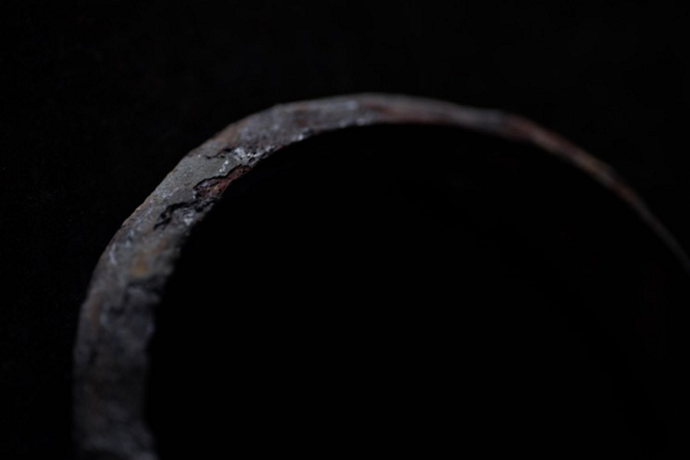INSIGHT | Haruna Morita

F: Hello! When did your love affair with clay begin? What captivates you most about this organic medium?
HM: I studied ceramics for four years at an art university in Tokyo, and the experience there is the foundation of my work.
There were about 20 students in the class, and I was very interested in the approach of other students to their work. This influenced me to deepen my thinking and broaden my creative sense. Among the various crafts I think ceramics has the most potential for various interesting and expressive of texture. The texture and the color appear only by the transformation of chemical change. I can’t control the whole process completely so that fits well with my means of expression.

F: You explore clay in a very unique way, sometimes incorporating materials such as washi paper in your pieces. Are there any new experimentations you would like to explore in the future? Please share...
HM: When I use washi paper, in my work the clay that is imprinted by the texture of the washi creates an expression that resembles the delicate patina of a shell or the surface layer of wood. I often create matte and rough textures that are seemingly non ceramic, and it fits with my creative sense. I seldom use fresh clear glassy texture in my work. I want to create new expression that are unique to me, with ceramics.

Like many people, I thought that ceramics should be practically―bowls or dishes used on a daily basis. However, clay and glaze are also materials that can be used very expressively. My teacher made me aware of the attractiveness of the rich materials used for making ceramics. And further, I had been trapped by preconceptions about ceramics.
I aim to have a unified consciousness not bound by preconceptions, not only with ceramics but also in my life in general.


F: Please tell us about your studio space in Tokyo? What inspiring beauty do you find yourself surrounded by in your daily life?
HM: I use one of the rooms in my apartment as a studio. There is a small electric kiln in the studio, and there are some items that I find interesting, such as favorite art pieces, antiques and artifacts, and natural objects in the studio.
These items I have collected work like a switch of my feeling. Depending on the situation, sometimes they become a part of the scenery on a daily basis, and sometimes they suddenly look sharp. They help me discover a different sense than before.
However, things that work like a trigger to my mind may also come from unexpected places. There are many things that can move me other than “standard” beauty. Listening to music and the feeling through I get communication with people are also essential to fostering. I think it is very important to try to keep my mind flexible and open, and to be expected by discovery. In Tokyo I find small points, common all over the world-rain, wet ground and stones, leaves, bark, rusted parts, peeling paint, light…that feed into my work.

[ Images courtesy of Haruna Morita and captured by Ryoko Sekiya ]





